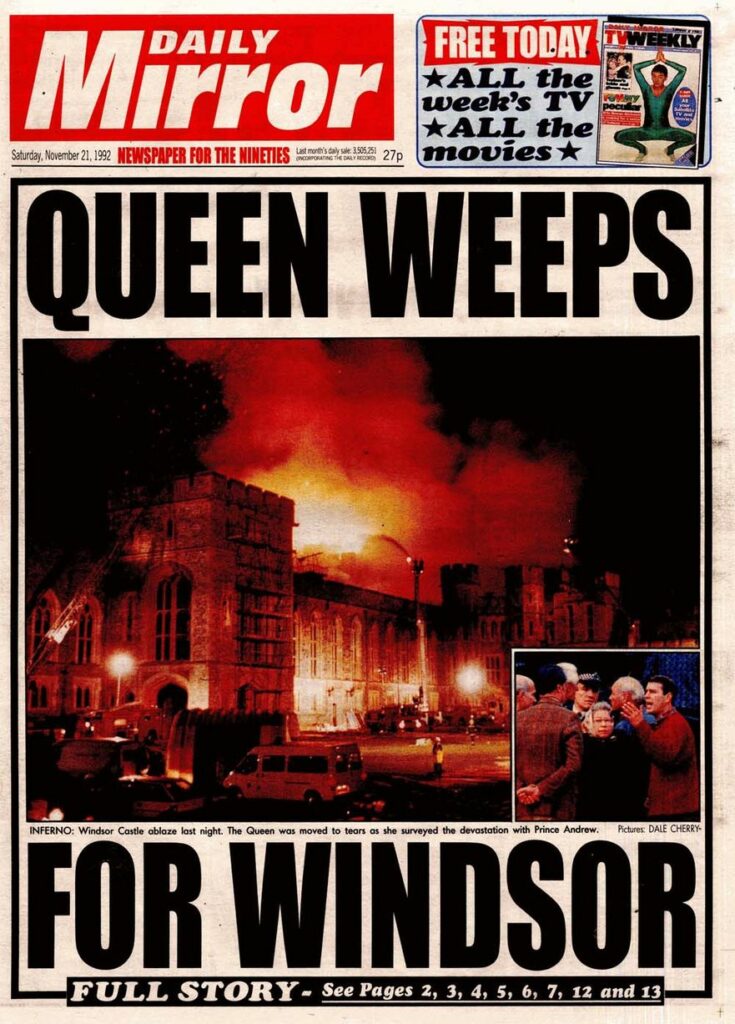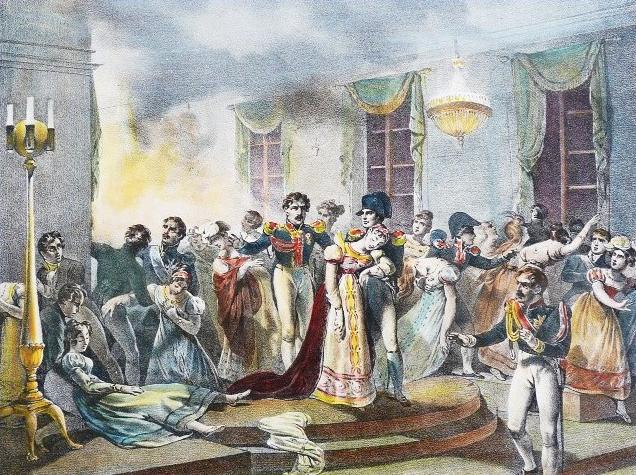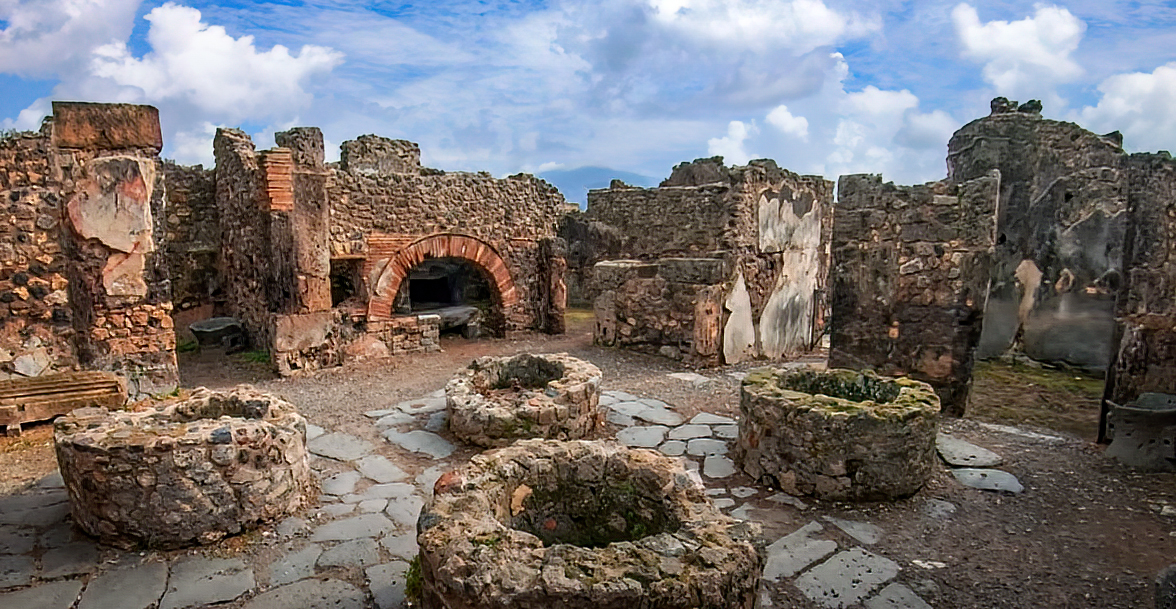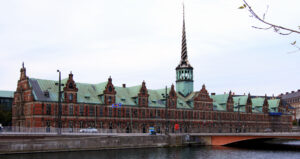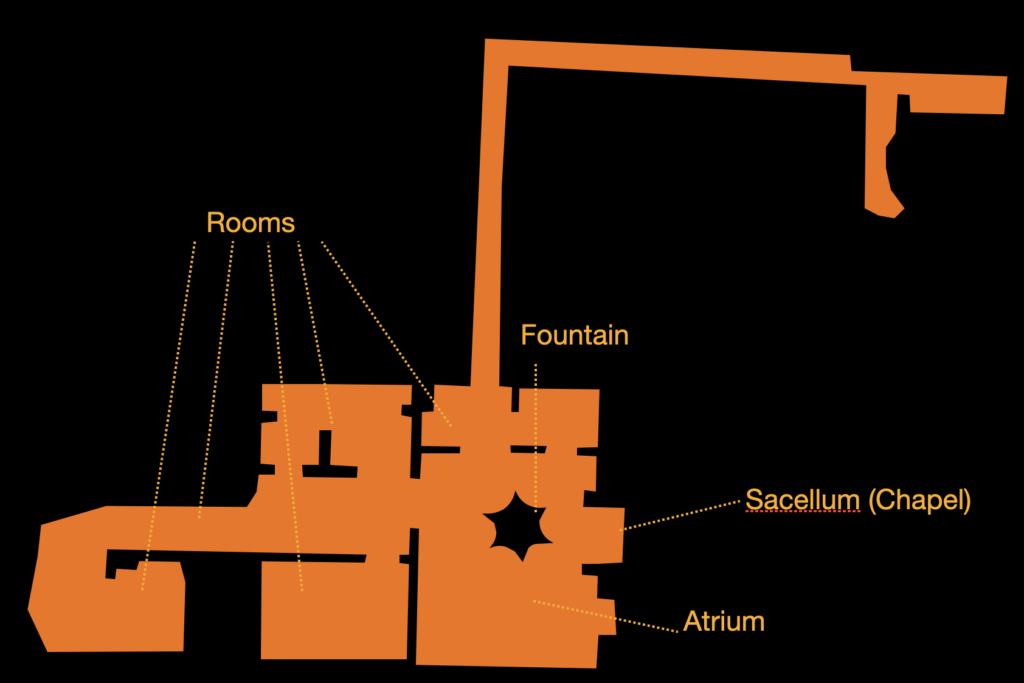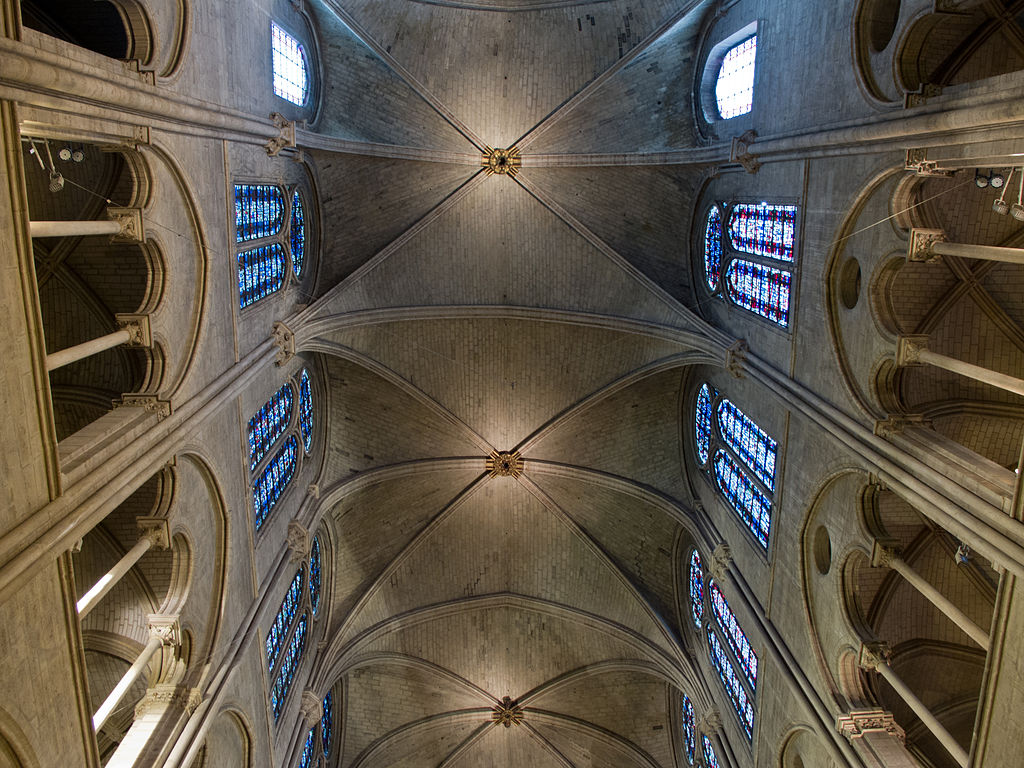Cultural Heritage Resilience: An Overview of Fire Safeguarding Measures
It’s important to keep in mind that the main issue to be addressed in cultural heritage protection against fire is the vulnerability of historical and cultural artefacts, buildings, and sites to natural and man-made hazards
In the annals of history, fires have left an indelible mark, narrating tales of unintentional and deliberate blazes that have ravaged artifacts, buildings, and entire urban landscapes. This is why the safeguarding of Cultural Heritage demands a heightened focus when contemplating measures against the threat of fire. Despite efforts, the protection strategies in place are not always sufficient to mitigate the potential damages. In this regard, the rich scientific literature that has addressed this topic clearly highlights that the main issue to be addressed in the protection of cultural heritage from fire risk is the vulnerability of historical and cultural artefacts, buildings, and sites to fire damage. In practical terms, the threat posed by fire to these resources poses several key challenges, extending from the structure of buildings to the functional needs of those who access them.
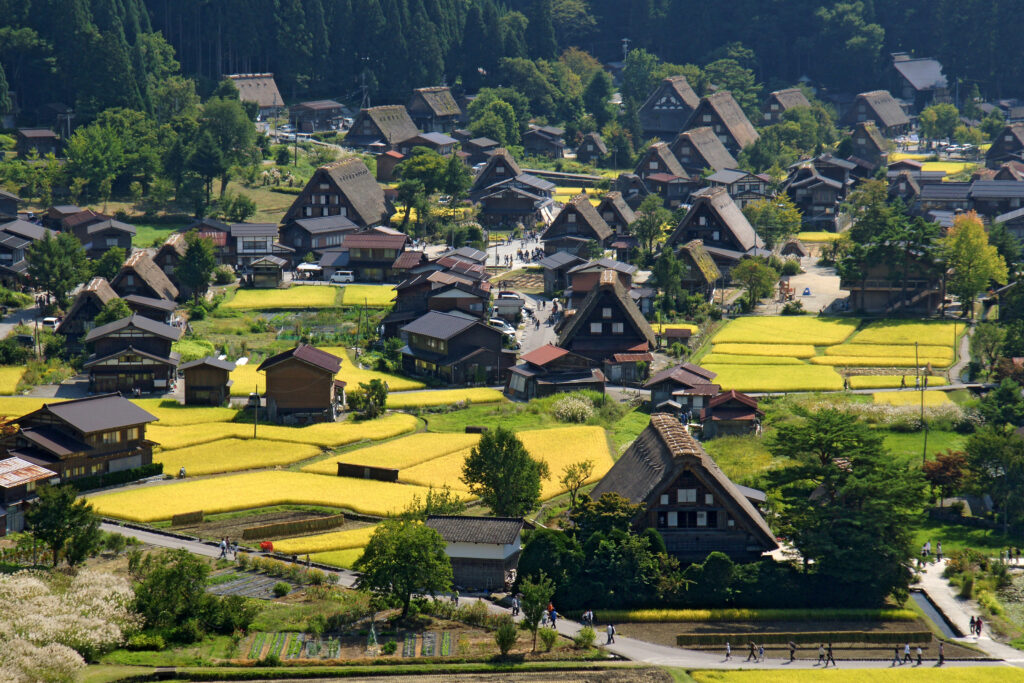
Structural Vulnerability:
Many historic buildings and structures are constructed of materials that are clearly susceptible to fire, such as wood and straw, but in reality most such buildings have a high exposure to fire risk due to the interference of different factors, which lead , for example, to compromise the structural integrity of these buildings during a fire.
Non-combustible walls but subject to deformation, the presence of coverings and furnishings without any reaction to fire performance, systems and rooms that prevent the compartmentalization of the rooms, are elements that are frequently found in historic buildings and residences that pose problems that cannot always be solved with interventions on structures.
Architectural Design: The design features of historical structures may include intricate wooden detailing, ornate decorations, and other elements that can fuel the intensity of a fire. The design complexity can also make firefighting efforts challenging.
Compartmentation: Fire compartmentation is a construction technique that divides a building into smaller sections using fire-resistant materials. Its purpose is to slow down and contain the spread of fire and smoke by creating separate, fire-resistant areas within the building. Fire compartmentation functions as a passive form of fire protection, meaning it doesn’t require external intervention like fire alarms or fire extinguishers. While many modern buildings incorporate fire compartmentation strategies to slow down and contain the spread of fire and smoke, many cultural heritage structures lack these features, making them more vulnerable to fires. The primary reason for this is that it can be challenging to utilize appropriate fire-resistant materials in the right areas, such as large staircases in historic buildings that cannot be separated by served roofs without compromising their intended aesthetic and functional purpose.
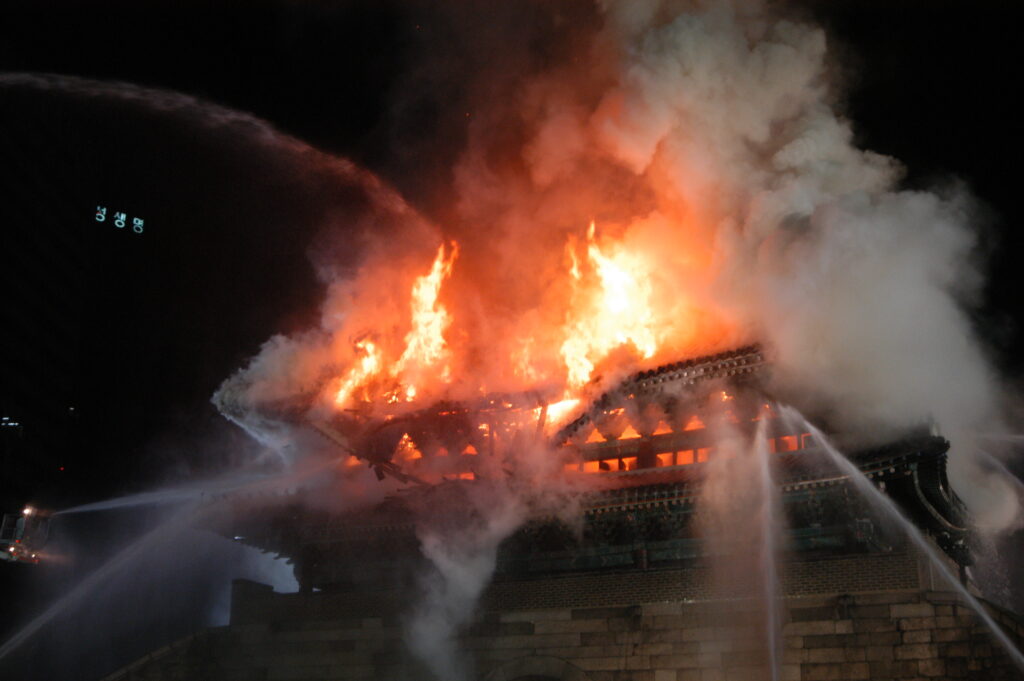
Ventilation Systems: In historic buildings, a significant obstacle to installing modern fire protection measures is the lack of adequate ventilation systems. This can severely impede the effectiveness of these measures, as inadequate or outdated ventilation systems can facilitate the rapid spread of smoke and flames during a fire. Moreover, poor ventilation can hinder firefighting efforts and increase the risk of structural collapse, making it more challenging to contain fires and minimize damage
Roofing Materials: Traditional buildings often feature combustible roofing materials, such as thatched roofs, which are highly flammable and prone to ignition. Once ignited, these roofs can accelerate the spread of a fire and pose significant challenges for firefighters due to their design and location.
Accessibility for Firefighters: Limited access points, narrow staircases, and challenging layouts can impede the swift response of firefighters. Difficulties in reaching the source of the fire can result in delayed intervention.
Heritage Conservation Measures: Conservation efforts may introduce materials or treatments that inadvertently increase fire risk. For example, the use of certain chemicals or preservation techniques may make the structure more susceptible to combustion. Moreover, renovation work can involve the use of open flames, sparks, and other ignition sources, which can easily ignite combustible materials in these buildings.
Lack of Fire Suppression Systems: Traditional buildings may lack modern fire suppression systems, such as sprinklers, which can be crucial for controlling and extinguishing fires before they cause extensive damage. However, it is not always possible to install sprinklers in historic buildings due to their age, design, or location.
Building Age and Deterioration: Aging structures may experience degradation of materials, weakening the overall integrity of the building. Deterioration can make it easier for fires to spread and increase the risk of structural collapse.
Proximity to Other Structures: Close proximity to other buildings can facilitate the rapid spread of fire from one structure to another. This is particularly relevant in densely populated historical areas.
Limited Fire Protection Measures: Historical sites may lack modern fire protection measures, such as sprinkler systems, fire-resistant materials, and smoke detection systems. Implementing these measures without compromising the authenticity of the site can be challenging.
Accessibility for Fire Service: Some cultural heritage sites are located in remote areas, making it difficult for fire services to quickly respond to emergencies. Limited accessibility can hinder the timely intervention necessary to prevent or minimize fire damage.
Lack of Comprehensive Risk Assessment: Conducting thorough risk assessments for cultural heritage sites is often complex. Identifying potential fire hazards, understanding the specific vulnerabilities of each site, and developing tailored mitigation strategies require expertise and resources.
Integration of Technology: Integrating advanced technologies, such as fire-resistant materials, monitoring systems, and firefighting drones, into historical sites without compromising their authenticity is a challenge. Striking a balance between preservation and the use of modern technology is crucial. Incorporating modern technologies into historic buildings can be a daunting task, particularly when it comes to traditional crafts like thatching. The image of a roof in one of the few reconstructed Inca buildings at Machu Picchu highlights the delicate balance between innovation and preservation, as any attempt to replace this ancient technology with non-combustible materials risks compromising the authenticity of the structure.
Climate Change Impact: Climate change can contribute to an increased risk of wildfires, especially in regions prone to extreme weather conditions. Understanding and mitigating the impact of climate change on cultural heritage sites is essential for long-term preservation.
Public Awareness and Education: raising awareness among the public, site managers, and local communities about fire risks and preventive measures is crucial. Proper training on emergency response and evacuation procedures can help minimize the potential damage caused by fires.
Egress systems and People with disabilities safety: safe accessibility is a crucial aspect of preserving cultural heritage buildings, but it can be challenging to implement. The following are some of the main aspects to consider when ensuring safe accessibility in historic buildings:
- Lack of emergency evacuation plans: Many cultural heritage buildings do not have adequate emergency evacuation plans in place, which can put visitors with disabilities at risk in the event of an emergency.
- Insufficient fire safety measures: Cultural heritage buildings may not have adequate fire safety measures such as smoke detectors, fire extinguishers, or emergency lighting, which can put visitors with disabilities at risk in the event of a fire.
- Limited access to escape routes: Many cultural heritage buildings have narrow doorways, steep stairs, or other barriers that can make it difficult for people with mobility impairments to access escape routes in case of an emergency.
- Inadequate signage and communication: Visitors with visual or hearing impairments may struggle to appreciate the cultural significance of a building without adequate signage or communication, such as audio descriptions.
- Limited availability of accessible escape routes: Many cultural heritage buildings do not have adequate escape routes that are wheelchair-accessible or have other accommodations for visitors with mobility impairments.
- Lack of disability training for staff: Many cultural heritage institutions do not have trained staff to assist visitors with disabilities, which can lead to a lack of knowledge and understanding
about how to best accommodate visitors with disabilities in case of an emergency. - Limited availability of accessible first aid supplies: Cultural heritage buildings may not have adequate first aid supplies such as wheelchair-accessible first aid kits or communication devices for people who are deaf or hard of hearing.
- Inadequate lighting and contrast: Poor lighting and a lack of contrast between the building’s structure and its surroundings can make it difficult for visitors with visual impairments to navigate and appreciate the cultural heritage building.
- Limited availability of accessible storage areas: Cultural heritage buildings may not have adequate storage areas for visitors with mobility impairments or other disabilities, which can limit their ability to access exhibits or displays.
- Lack of disaster preparedness planning: Many cultural heritage institutions do not have adequate disaster preparedness plans in place, which can put visitors with disabilities at risk in the event of a natural disaster or other emergency.
In essence, historic buildings by their nature are in many cases at particular risk of fire. Awareness of the issues to be addressed to ensure their preservation is fundamental to ensure a correct assessment of fire risks and the choice of the most appropriate measures..
